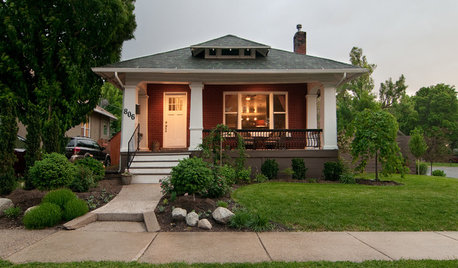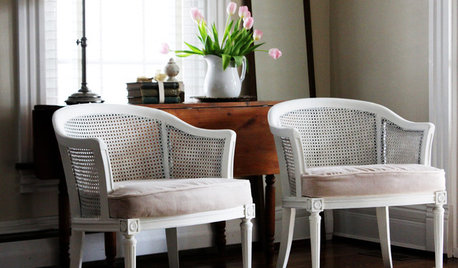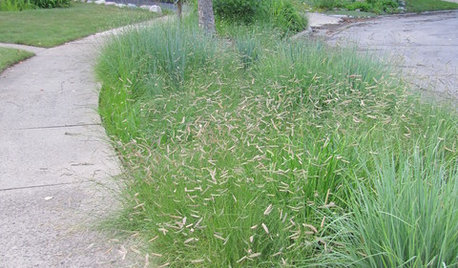Stripping Doorframe (Stripping Trim2)
joposie8
12 years ago
Related Stories

HOUZZ TOURSMy Houzz: Stripping Down Uncovers a 1910 Bungalow's Beauty
A first-time homeowner brings out the charm and coziness in her Utah home through determination and patience
Full Story
CURB APPEALTake Your Hell Strip to Heavenly Heights: 8 Design Ideas
Trade weedy dirt and trash for a parking strip filled with wispy grasses, low-growing flowers and textural trees
Full Story
HOUSEKEEPINGLower Your Heating Bills With Some Simple Weather Stripping
Plug the holes in your house this winter to make sure cold air stays where it belongs: outside
Full Story
FARM YOUR YARDHow to Farm Your Parking Strip
Get an up-close look at a thriving street-side edible garden, one of many sprouting up in Seattle
Full Story
LANDSCAPE DESIGN4 Gorgeous Garden Looks for a Narrow Planting Strip
Make a strong design statement in an unexpected place with these ideas for perimeter plantings, pocket gardens and more
Full Story
LOFTSHouzz Tour: Feng Shui Lightens a Brooklyn Loft
See how stripping parts of a home's structure can boost its energy flow along with its design chops
Full Story
FARM YOUR YARDHow to Build a Raised Bed for Your Veggies and Plants
Whether you’re farming your parking strip or beautifying your backyard, a planting box you make yourself can come in mighty handy
Full Story
BUDGET DECORATINGBudget Decorator: 8 Ways to Make Old Furniture Look Brand New
Learn stripping, staining, painting and reupholstering basics to make bargain-basement furniture worthy of center stage at home
Full Story
COASTAL STYLEFresh Take: 9 Twists on Nautical Style
Strip down a themed room for a crisp, classic shipshape look
Full Story
GARDENING GUIDESGreat Design Plant: Bouteloua Gracilis
Resilient blue grama grass thrives in sunny meadows and parking strips in the western U.S.
Full Story







ks_toolgirl
columbusguy1
Related Professionals
Hammond Kitchen & Bathroom Designers · Hershey Kitchen & Bathroom Designers · Piedmont Kitchen & Bathroom Designers · Bremerton Kitchen & Bathroom Remodelers · Brentwood Kitchen & Bathroom Remodelers · Dearborn Kitchen & Bathroom Remodelers · Fort Washington Kitchen & Bathroom Remodelers · Lyons Kitchen & Bathroom Remodelers · Patterson Kitchen & Bathroom Remodelers · Joppatowne Kitchen & Bathroom Remodelers · Baton Rouge Architects & Building Designers · Lafayette Architects & Building Designers · Riverside Architects & Building Designers · South Elgin Architects & Building Designers · Town and Country Architects & Building Designerstinker_2006
sombreuil_mongrel
graywings123
geller
brickeyee